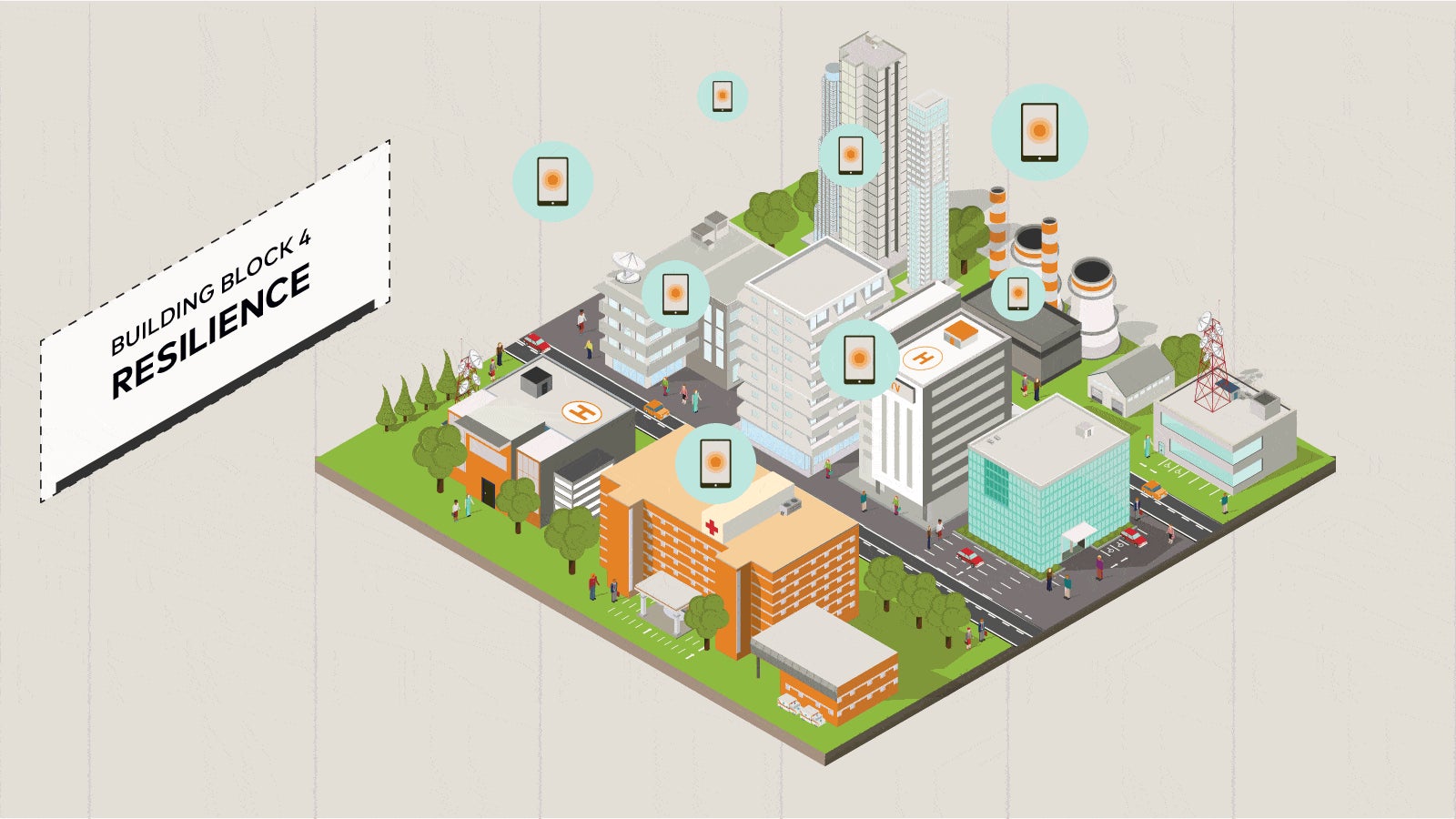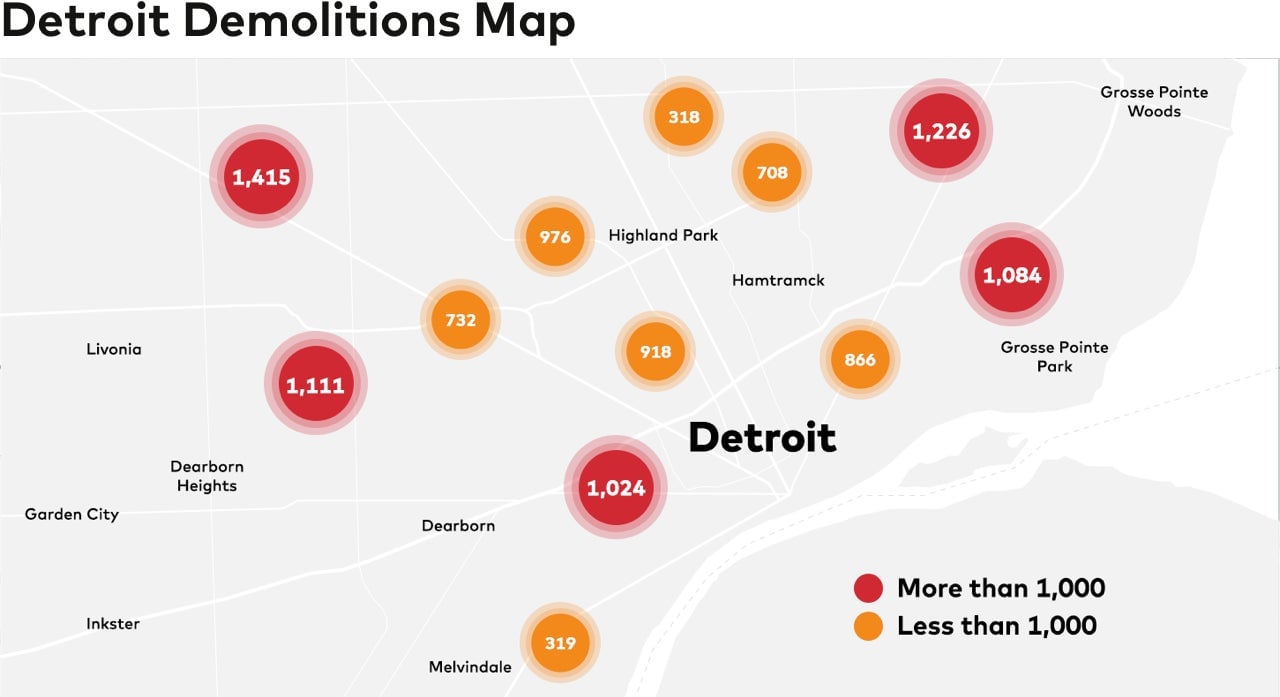From closed factories to open data: How Detroit is increasing civic engagement
The National Mall in Washington, DC. The 1909 Plan of Chicago. The San Antonio Riverwalk. These urban icons all grew from a planning philosophy in the 1890s and 1900s focused on how we live and how we could live better. Leading thinkers of that era called their idea the City Beautiful Movement, which sought to make urban areas more beautiful, more grandiose, and more democratic.


The National Mall in Washington, DC. The 1909 Plan of Chicago. The San Antonio Riverwalk. These urban icons all grew from a planning philosophy in the 1890s and 1900s focused on how we live and how we could live better. Leading thinkers of that era called their idea the City Beautiful Movement, which sought to make urban areas more beautiful, more grandiose, and more democratic.
Today, a new conversation is underway: how to forge future cities in a digital age. As the percentage of the world living in urban areas swells—from 54% today to an expected 66% by 2050, according to the United Nations—citizens, mayors, and government officials are racing to understand how the private and public sector can work together to improve people’s lives through technology. They seek to make cities more hospitable, stronger in the face of adversity, and better suited to a rapidly changing global environment.
Call it the City Possible Movement.
The City Possible Movement encompasses the full spectrum of work being done to improve life in urban areas. Whether its successes are referred to as smart cities, connected cities, future-proof cities, or digital cities, the movement toward a City Possible ultimately seeks to give citizens access to all of the networks that power the modern economy—including transportation, energy, education, finance, and communication.
Doing so “requires a holistic approach to partnering that involves state and city governments and private corporations, but also civil society and academia,” said Hunter Woolley, who oversees Mastercard’s work with cities in North America.
Leaders in the public and private sectors are imagining what’s possible for their cities, focusing on building blocks that form the foundation of these ideas: citizen-centered design, inclusion, sustainability, and resilience. Here’s a look at how one of those building blocks, resilience, is coming to life in Detroit, Michigan.
Resilience
Definition: For cities hit hard by the recession, a plan to use data to rebound from setbacks and protect against potential future challenges.
Where: Detroit, Michigan
Problem: Detroit declared bankruptcy in 2013 on the heels of the Great Recession, dealing a blow to industry, commerce, housing, education, and infrastructure. The city needed to find smart ways to revitalize its industries, reenergize its citizens, and improve its communities. It’s looking to open, crowd-sourced data as a tool to accomplish those goals.

Approach: Detroit is using technology to revitalize its city services. It has launched an open data portal, which grants public access to city government, public safety, and transportation data, among others. Access is supplemented by a mobile 311 app which allows citizens to report urgent problems in real time. The portal is home to interactive maps and datasets that range from displays of all of the city’s recreation centers, to information about upcoming building demolitions—demolitions that are clearing the city of homes and buildings that are prone to fire, blight, and criminal activity. The open data portal allows the citizens of Detroit to get the information they need.
Detail: “There is a lot of skepticism [since the bankruptcy], and it does us a lot of good to make sure our citizens can see what happens in city hall,” said David Lingholm, Detroit’s director of digital media and community engagement. “That transparency is a big, big deal for us.”
Continuing Challenge: Even as it continues to make gains, the economic, industrial, and social challenges facing Detroit are on a much grander scale than those faced by other cities. The dwindling population and mounting debts will have reverberations for years to come, officials say.
Read stories exploring other building blocks—
citizen-centered design
,
inclusion
, and
sustainability
—that are taking shape in cities around the world.
This article was produced on behalf of Mastercard by Atlantic Media Strategies and not by the Quartz editorial staff.